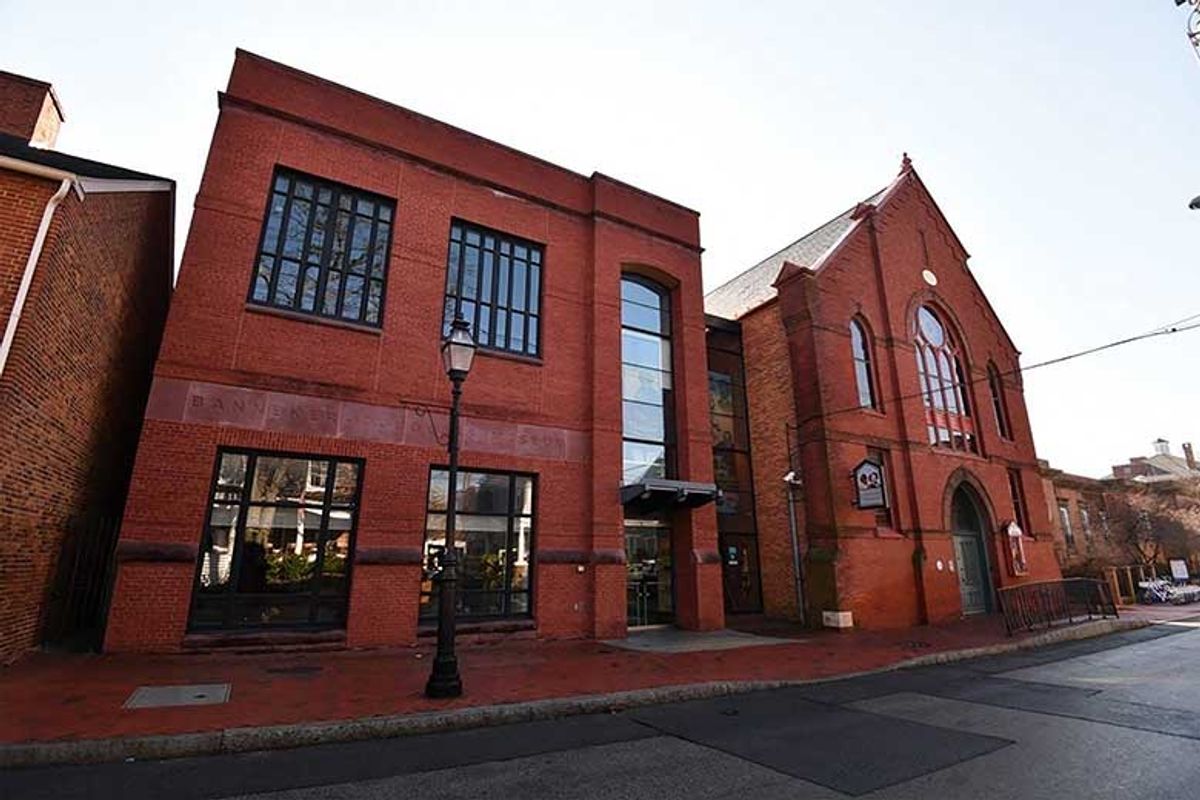While cultural institutions across the globe grapple with the effects of climate change, a consortium of African American museums and heritage sites says that these are uniquely at risk. In a recent statement, the Association of African American Museums (AAAM), a non-profit that supports institutions preserving and sharing African American stories, outlined the heightened issues facing Black cultural centres, including their older infrastructures, locations along coastlines and lack of access to crucial funds and resources.
“Several incidents of climate-related damage have occurred within the past decades,” Vedet Coleman-Robinson, the executive director of AAAM, tells The Art Newspaper. “This includes significant damage to museum collections and an underscored threat, highlighting the need for immediate action to protect these resources.”
Particularly at risk are the cultural centres built to preserve sites of historical significance, such as schools, churches and meeting houses, many of which are in coastal communities where enslaved Africans arrived in the US. With increasingly intense coastal erosion and devastating storms, these institutions face unique challenges in protecting their older, sometimes colonial-era infrastructures.
“In 2021, Hurricane Ida hit the Whitney Plantation in Louisiana, destroying several slave cabins on the property,” Coleman-Robinson says. “Today, scattered wood occupies the space where the dwellings once stood.”
The Great River Road Museum in Louisiana and the Lincolnville Museum and Cultural Center in St Augustine, Florida, have also had to cope with devastating weather and other ongoing issues now commonplace due to climate change. “The Lincolnville Museum battles frequent flooding of their parking lot and grounds,” Coleman-Robinson says. “Without the budget to approach large mitigation projects such as drainage improvements, the institution has relied on manual fixes.”
Meanwhile, the Banneker-Douglass Museum (BDM) in downtown Annapolis, Maryland, is facing the rising level of the Chesapeake Bay—its waters have risen a foot in the past century and are expected to rise another one to five feet in the next 100 years.
“This is a threat to our historic building, archives and object collections that date back to the colonisation of Maryland,” says Chanel C. Johnson, the executive director of BDM, which is located in the former Mount Moriah African Methodist Episcopal Church, a building constructed in 1874 by free African Americans. “In Maryland, African American heritage sites that primarily exist in Black rural, shoreline and urban communities are most vulnerable to flooding and wind damage, mould and toxic storm-water pollution caused by increased climate change and systemic lack of investment. As an institution, we must work with local and international partners to develop preventive measures to preserve Black historic communities, archives and landmarks in Annapolis and across our state.”
To this end, AAAM supports member museums by leveraging its network and connecting institutions with the resources they need to mitigate current concerns and protect against future issues as climate change worsens. “Eventually, we would like to have a reserve of funds where we can re-grant money to members to address these emergencies as they occur,” Coleman-Robinson says.
The non-profit intends its recent statement to serve as a call to action for policymakers, stakeholders and local communities to advocate for strategic planning and policies that support Black cultural-heritage sites. “Our cultural institutions serve as a vital conduit for understanding the African American experience and the broader narrative of history and culture as it pertains to American history,” Coleman-Robinson says. “Making certain that these institutions remain in operation allows all of us to protect African American history and honour the past contributions for future generations.”


